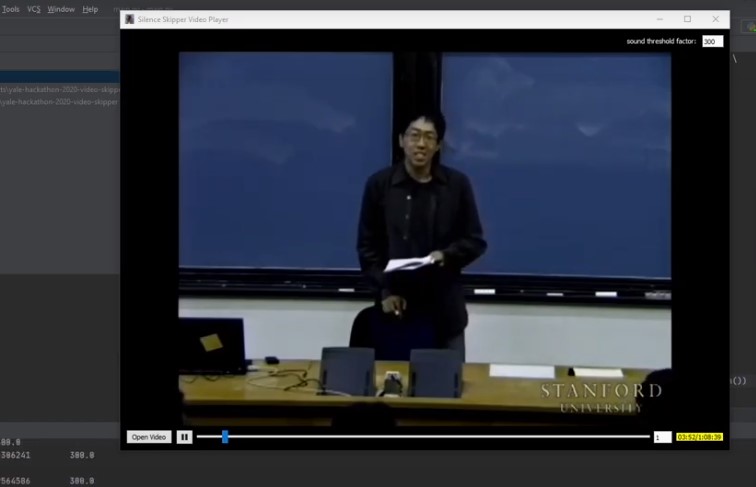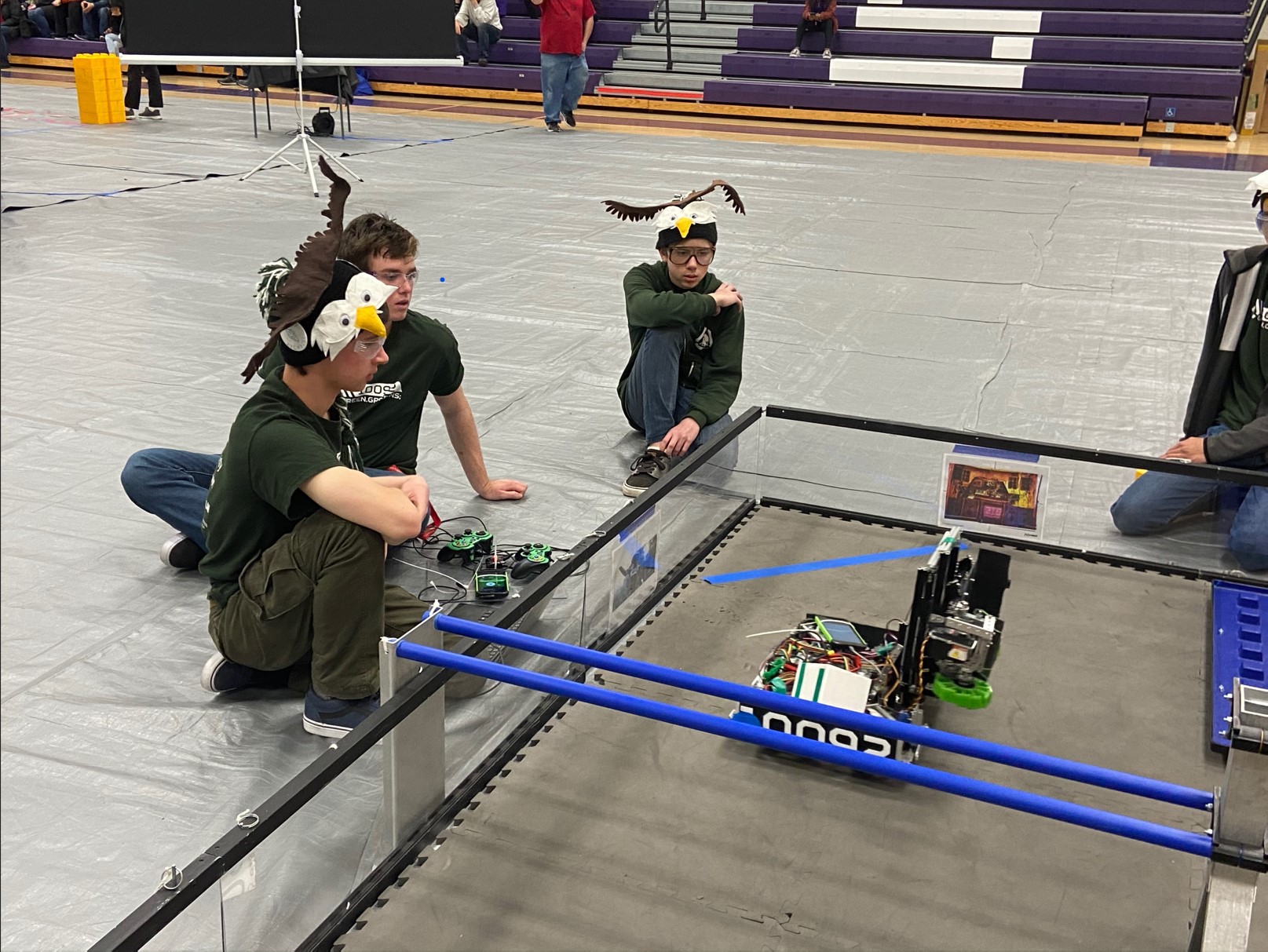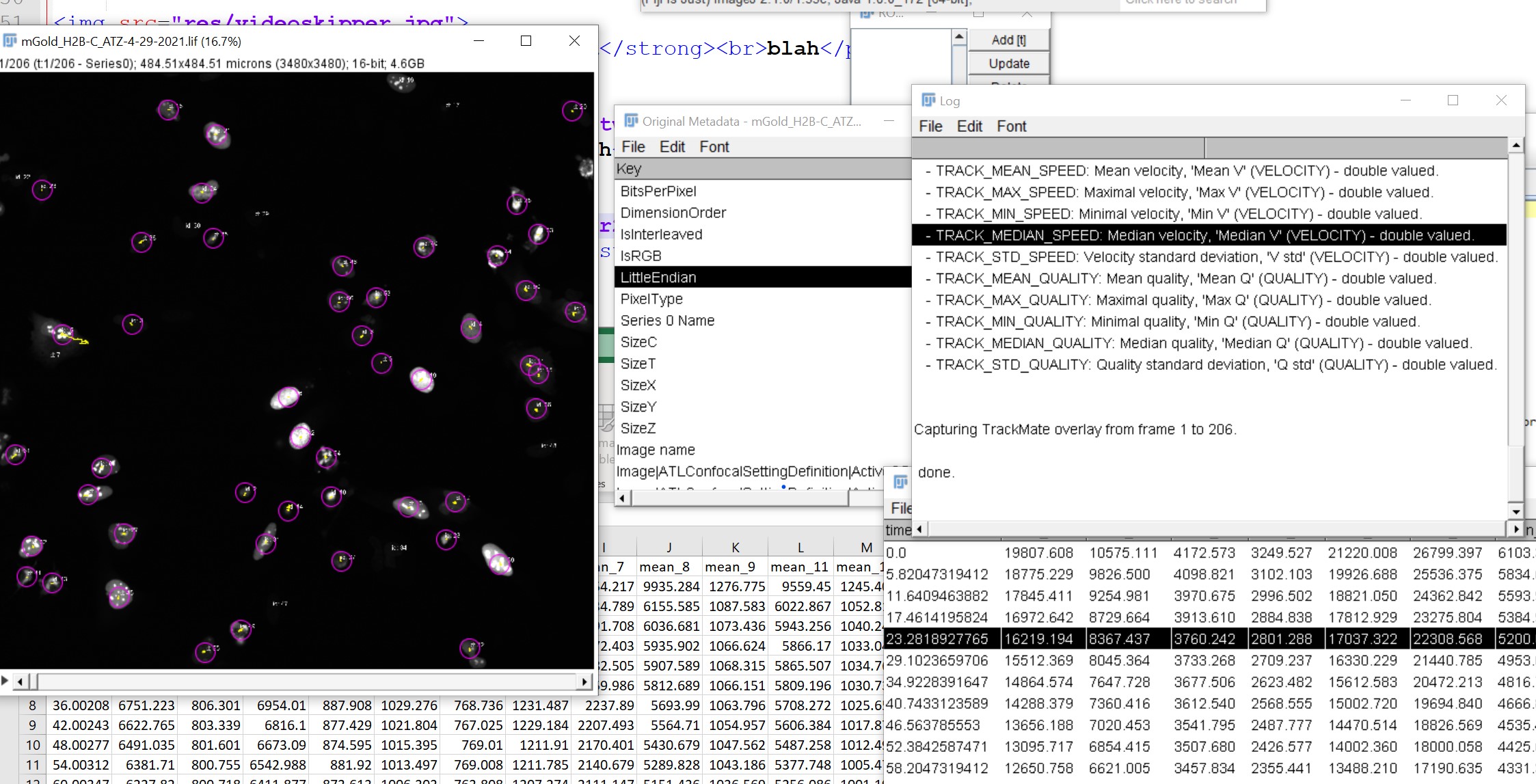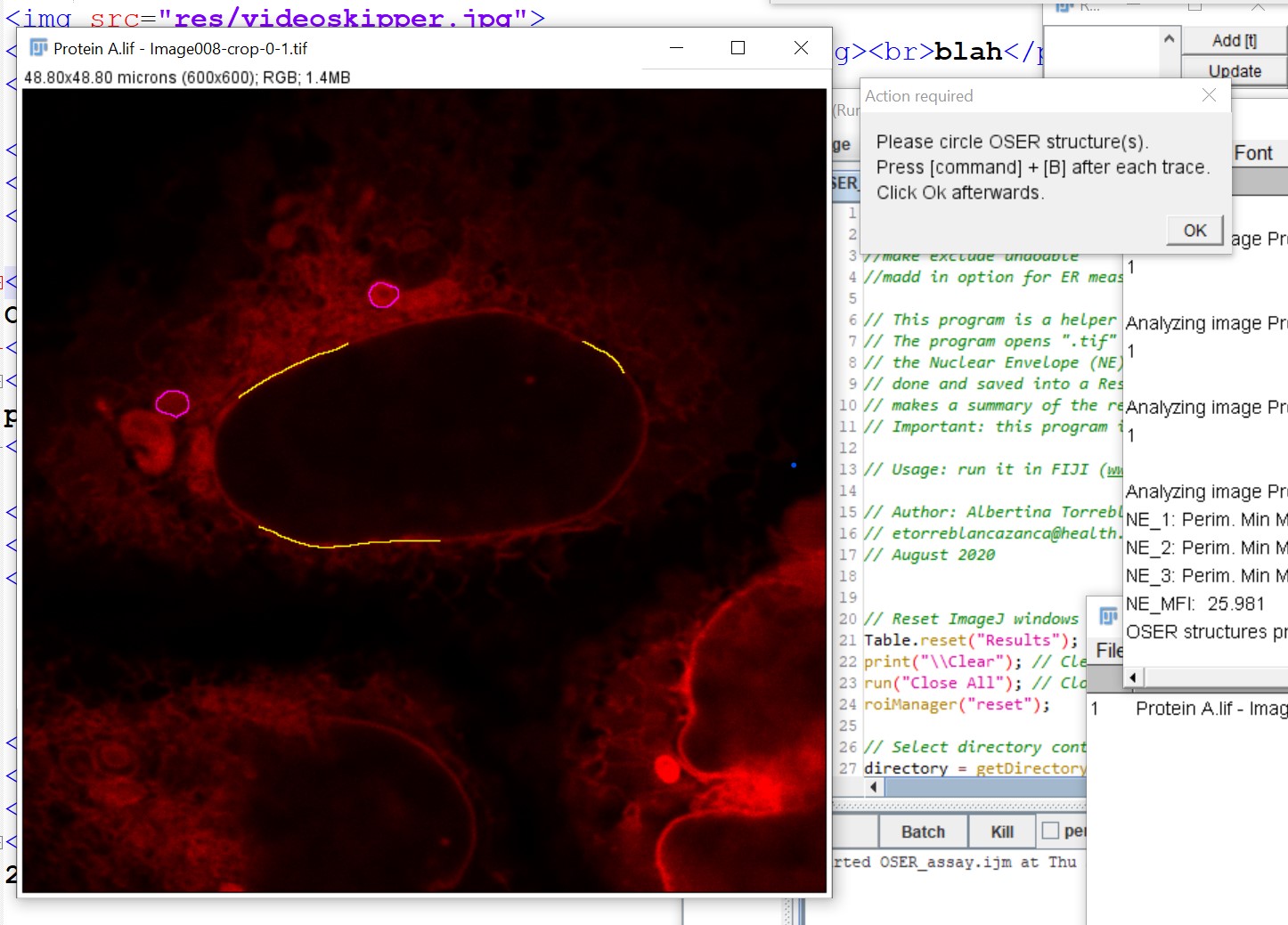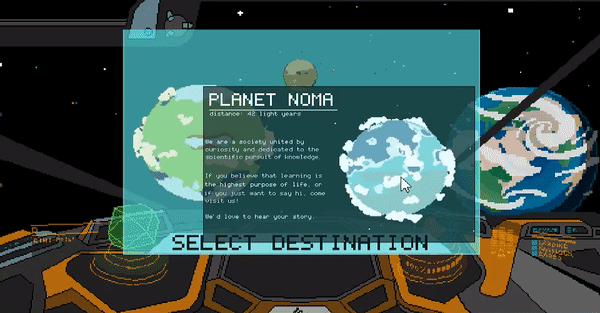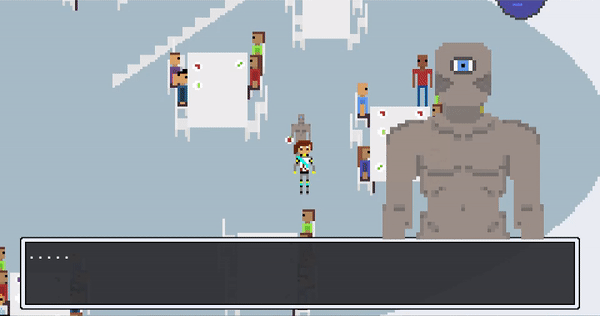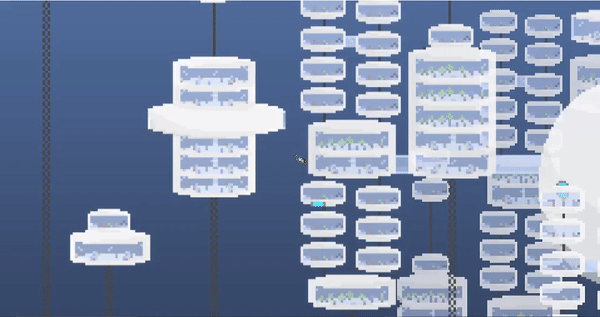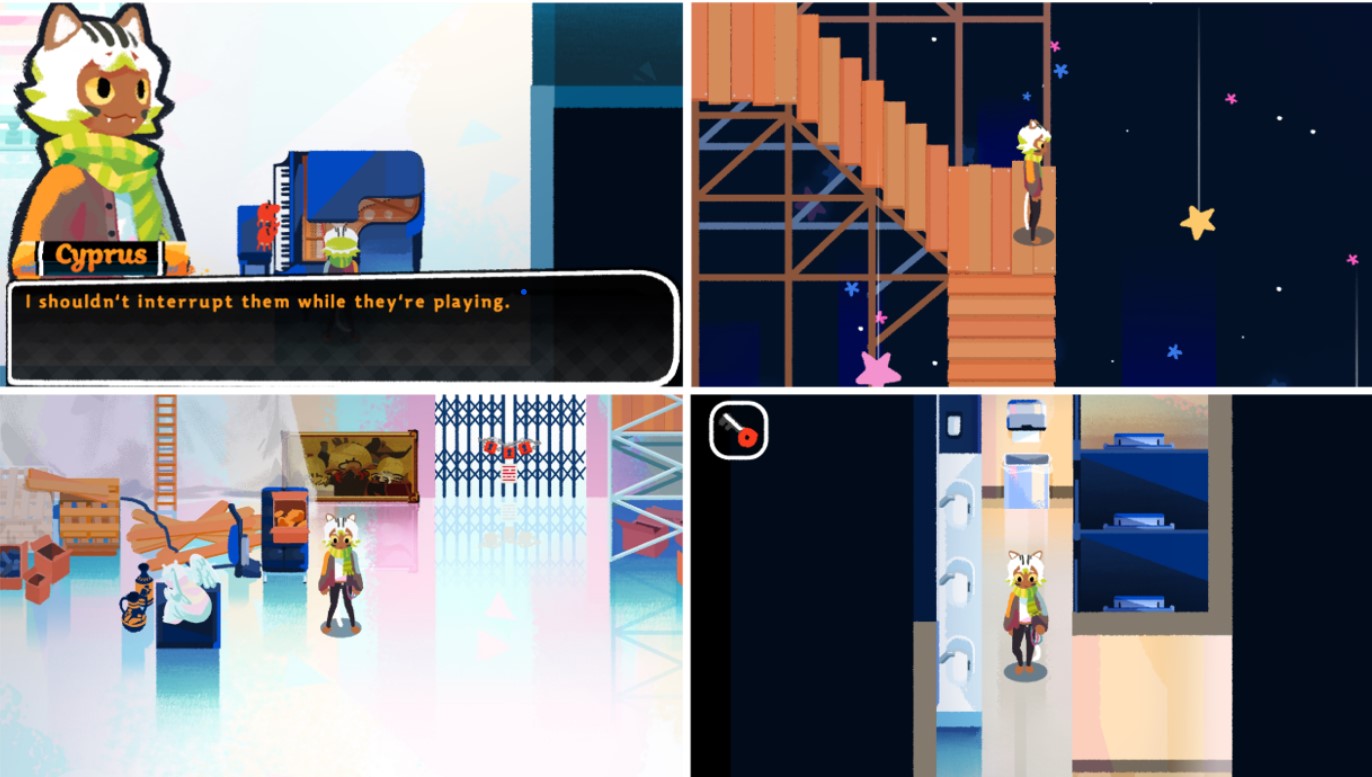YHack 2021 videoSkipper program
I designed and programmed a video player in Python that automatically skips forward in the video when there is silence in real time. I also included other standard video player options, such as skipping with arrow keys or changing the speed of the video. This program helps students watch lecture videos more efficiently.
devpost.com/software/video-skipper-player

